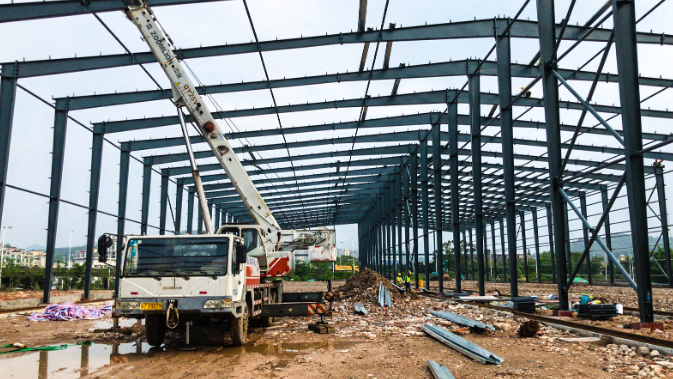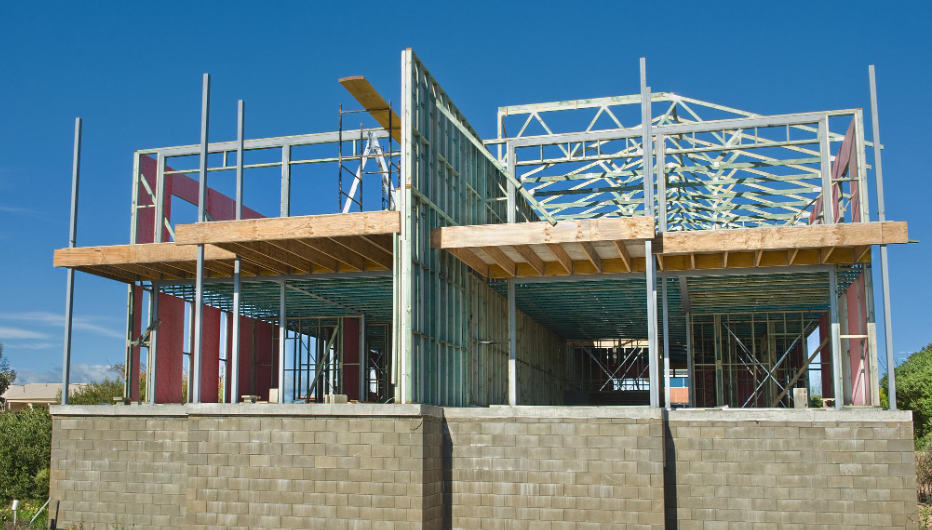Application of Steel Structures in Agriculture

Agricultural facilities serve as a crucial material foundation for rural economic and social development, as well as the improvement of agricultural production and livelihoods. The number of agricultural steel structures is increasing, with steel tube greenhouses commonly seen in vegetable farming and other plantation industries. Large-scale agricultural demonstration parks have constructed numerous greenhouses and livestock sheds. However, traditional greenhouse farming presents a significant challenge, and the application of steel structures in greenhouse construction has garnered increasing attention from farmers.
As the backbone of greenhouses and barns, steel structures not only reduce costs but also offer high compressive and bending strengths, ensuring a long service life. In terms of production, they can be mass-produced, eliminating the need for outdoor reinforcement of greenhouses even under harsh conditions. Light steel structures can form various types of frameworks, such as square, circular, and hollow skeletons.

Coating the surface of steel structures with rubber provides waterproofing, rust prevention, aging resistance, and protection against ultraviolet radiation. In terms of compression, the framework of light steel structures is significantly stronger than conventional frames. Their strength can be gauged from their ability to withstand earthquakes and strong winds, and even serve as the structure for light steel villas. The high compressive and bending strengths of these structures ensure the stability of greenhouses, making them more secure and reliable.
Steel is an environmentally friendly and green building material. Its mass production does not impact the surrounding environment. Additionally, it is recyclable, and its transportation and installation are convenient.



